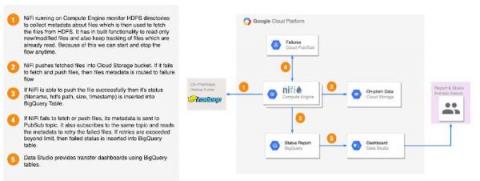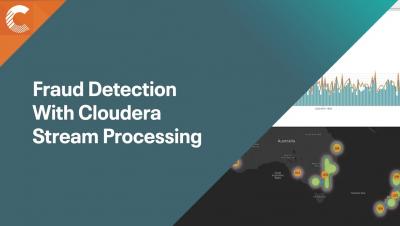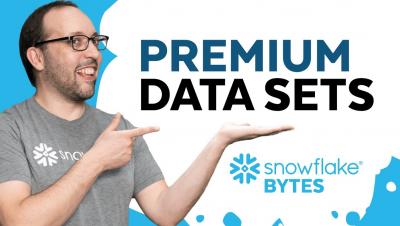Systems | Development | Analytics | API | Testing
BI
Best practices of migrating Hive ACID Tables to BigQuery
Are you looking to migrate a large amount of Hive ACID tables to BigQuery? ACID enabled Hive tables support transactions that accept updates and delete DML operations. In this blog, we will explore migrating Hive ACID tables to BigQuery. The approach explored in this blog works for both compacted (major / minor) and non-compacted Hive tables. Let’s first understand the term ACID and how it works in Hive. ACID stands for four traits of database transactions.
Get more value from Customer 360 initiatives
Snowpark Java & Python UDFs DEMO | Under The Hood
Struggling to Scale: How Finance Can Do More with Less
As the strategic role of finance teams continues to evolve, the Office of the CFO faces many new responsibilities. Resource allocation, however, does not always grow in tandem with those responsibilities, leading to scalability challenges for finance teams tasked with doing more with fewer resources.
Fraud Detection with Cloudera Stream Processing
How Universal Data Distribution Accelerates Complex DoD Missions
We’ve come a long way since 1778 when George Washington’s spies gathered and shared military intelligence on the British Army’s tactical operations in occupied New York. But information broadly, and the management of data specifically, is still “the” critical factor for situational awareness, streamlined operations, and a host of other use cases across today’s tech-driven battlefields.
Getting Started with Cloudera Stream Processing Community Edition
Cloudera has a strong track record of providing a comprehensive solution for stream processing. Cloudera Stream Processing (CSP), powered by Apache Flink and Apache Kafka, provides a complete stream management and stateful processing solution. In CSP, Kafka serves as the storage streaming substrate, and Flink as the core in-stream processing engine that supports SQL and REST interfaces.
Snowflake Marketplace Monetization
High Praise for Hitachi Content Platform
Data is the fuel for today’s modern economy – it drives everything from large-scale manufacturing, financial services, energy and transportation to healthcare, media and entertainment and everything in between. This new philosophy of data-centricity has evolved the way organizations think about their IT environments, infrastructure, applications, solutions and even cloud providers.










